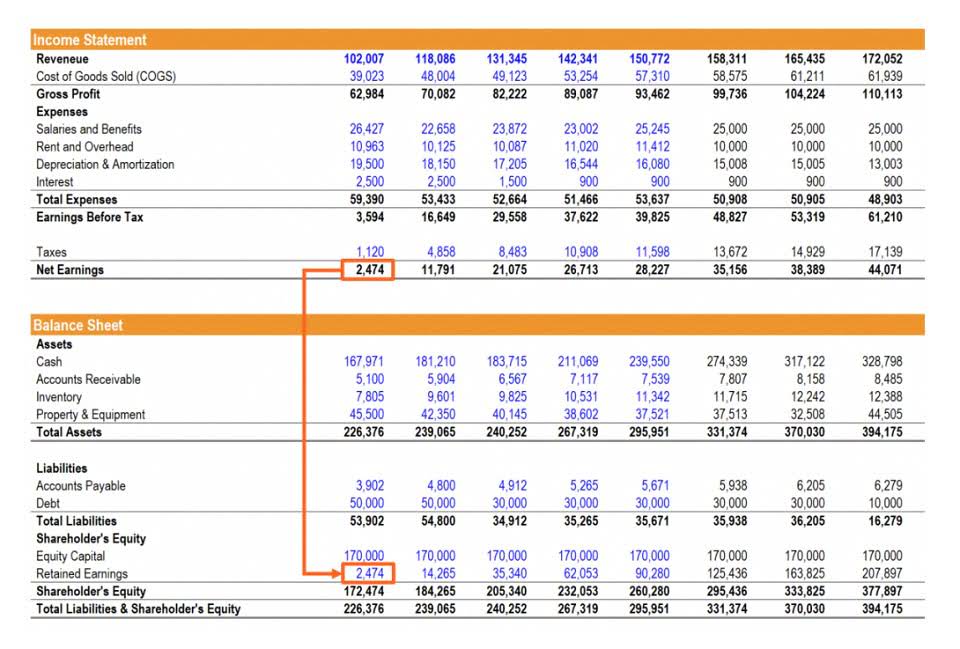
The rational model works well in an ideal world where you have all the time and information you need. But, as economist Herbert Simon pointed out, few decisions are fully rational. Here are five of the most common and well-understood decision models, all of which you’ll find useful in the workplace. Decision-making models are ways of making a choice that follow a certain method.
Data and Analytics in Business Decisions

A perfect storm erupted when different business units’ decisions simultaneously increased the demand for cash while reducing its supply. In contrast, a specialty-chemicals company experienced the pain of excess choreography when it opened membership on each of its six governance committees to all senior leaders without clarifying the actual decision makers. All participants felt they had a right (and the need) to express an opinion on everything, even where they had little knowledge or expertise.

Optimizing team resources
This means, when necessary, that leaders must vigilantly reinforce the structure by sending decisions back with clear guidance on where the leader expects the decision to be made and by whom. If signs of congestion or dysfunction appear, leaders should reexamine the decision-making structure to make sure alignment, processes, and accountability are optimally arranged. In today’s world, there is the added complexity that many decisions (or parts of them) can be “delegated” to smart algorithms enabled by artificial intelligence. Big-bet decisions often are easy to recognize, but not always (Exhibit 3). Sometimes a series of decisions that might appear small in isolation represent a big bet when taken as a whole. None of this is possible, though, if companies aren’t in the habit of isolating major bets and paying them special attention.

Would you like to learn more about our People & Organizational Performance Practice?

The recognition-primed decision model is closely related to the intuitive model and focuses on the intuitive decision-making process of people in high-pressure professions like firefighting, nursing, and the military. Avoid the rational model when you’re working within tight time constraints or don’t have all the necessary information. McKinsey research has shown that agile is the ultimate solution for many organizations looking to streamline their decision making. If you’ve ever wrestled with a decision at work, you’re definitely not alone.
- Group decision-making is a must when dealing with sensitive topics or subjects that a lot of people have an interest in.
- Use the recognition-primed model when you have a lot of contextual knowledge and need to adjust to changing circumstances.
- For each option being considered, you’ll want to call out the pluses and minuses of each choice, as well as any potential risks or trade-offs that come with it.
- You’re probably picking up on the fact that the decision-making process is fairly comprehensive.
- They provide a systematic and structured way of approaching complex problems, helping to reduce bias and subjectivity.
- Throughout this guide, we’ve explored the importance of decision frameworks, detailed key decision-making models, and provided actionable insights and tools to aid leaders in navigating complex decisions.
- Before diving into the specifics, it is essential to grasp the concept of decision-making frameworks.
- The essence of the framework lies in a visual representation of a problem decomposed into small chunks.
- They were soon designed to take into account different decision-making models, as well as information access, so that they could support decision-makers throughout different levels of an organization.
- Adding your decision to a project management tool like Planio is a great way to document it for everyone across the company.
- One of the issues of leading a group that defaults to consensus is that it can shut out contrarian points of view and deter inventive problem-solving.
It’s a practical tool for sales, marketing, HR teams, and anyone who makes business decision making framework decisions in your company. If you’re a business leader, your decisions will carry more weight than those of junior team members. You may be responsible for defining flagship values, outlining macro goals, and making strategic choices. One or several widely used models can be your basis for making business choices. Another factor that requires an entrepreneur’s attention is their team/s, as teams play a critical role in the success of a startup. They must track the key performance metrics to monitor the progress of the implementation of the decision under consideration.

Although the methods we use to evaluate our choices and arrive at decisions can seem set in stone, they haven’t always been around. In fact, the frameworks we use for decision-making have changed https://www.bookstime.com/ frequently, often in response to the technology we use. Understanding this is important for seeing the limitations in our current decision-making processes. Assess the effectiveness of your decision making processes and continue to make adjustments based on your results and the feedback you receive from your team. It’s well worth the time and investment to educate and train your team on effective decision making. Effective decision making can improve each and every one of your business processes, and it reduces conflict in the workplace.
Or maybe it was when you left your closet in a shambles after trying on seven different outfits before a big presentation. And people will go to great lengths—and pay serious sums of money—to avoid having to make a choice. Explore Management Essentials—one of our online leadership and management courses—to learn normal balance how you can influence the context and environment in which decisions get made. In the early stages of the decision-making process, it’s critical to set ground rules and assign roles to team members. Doing so can help ensure everyone understands how they contribute to problem-solving and agrees on how a solution will be reached.















